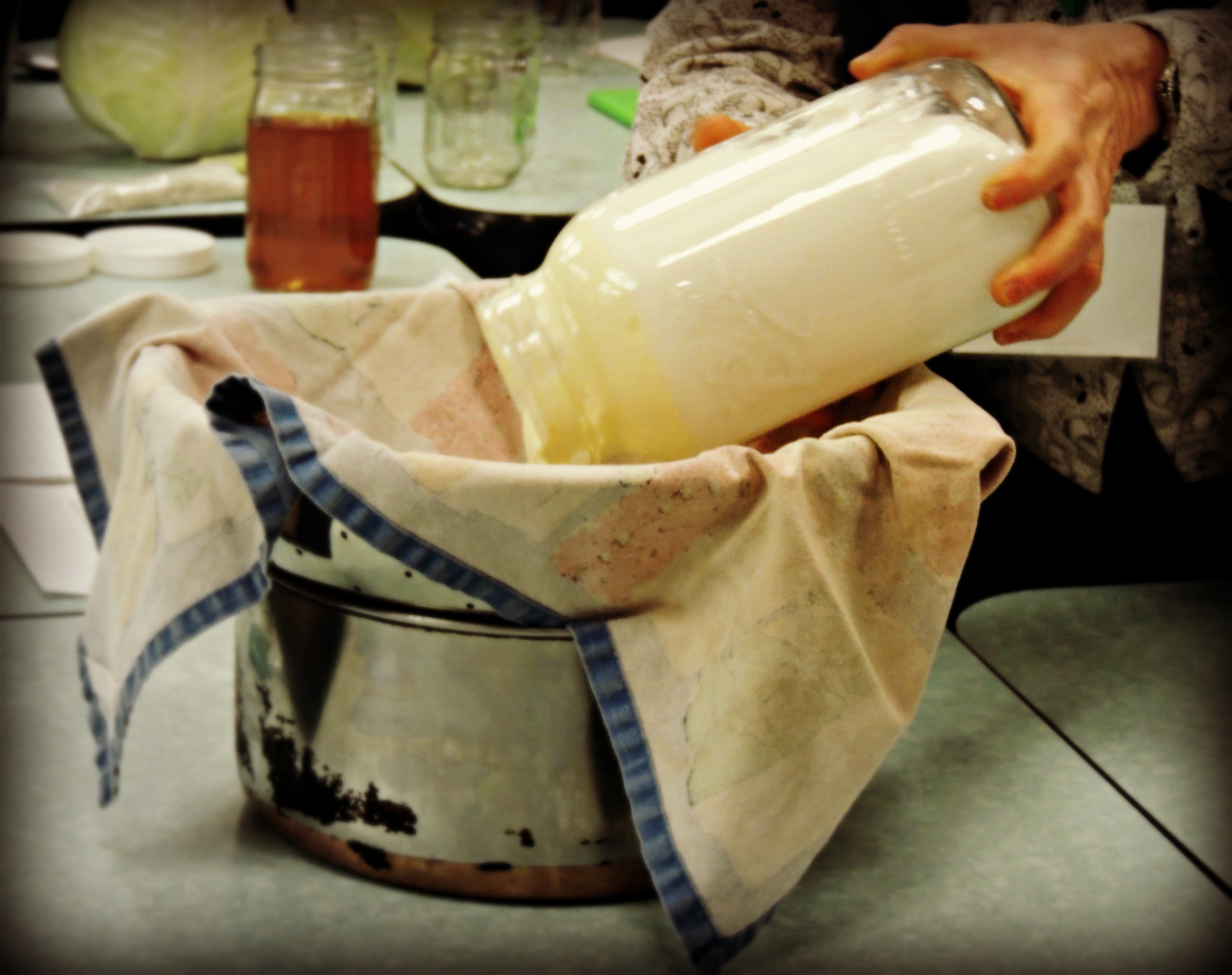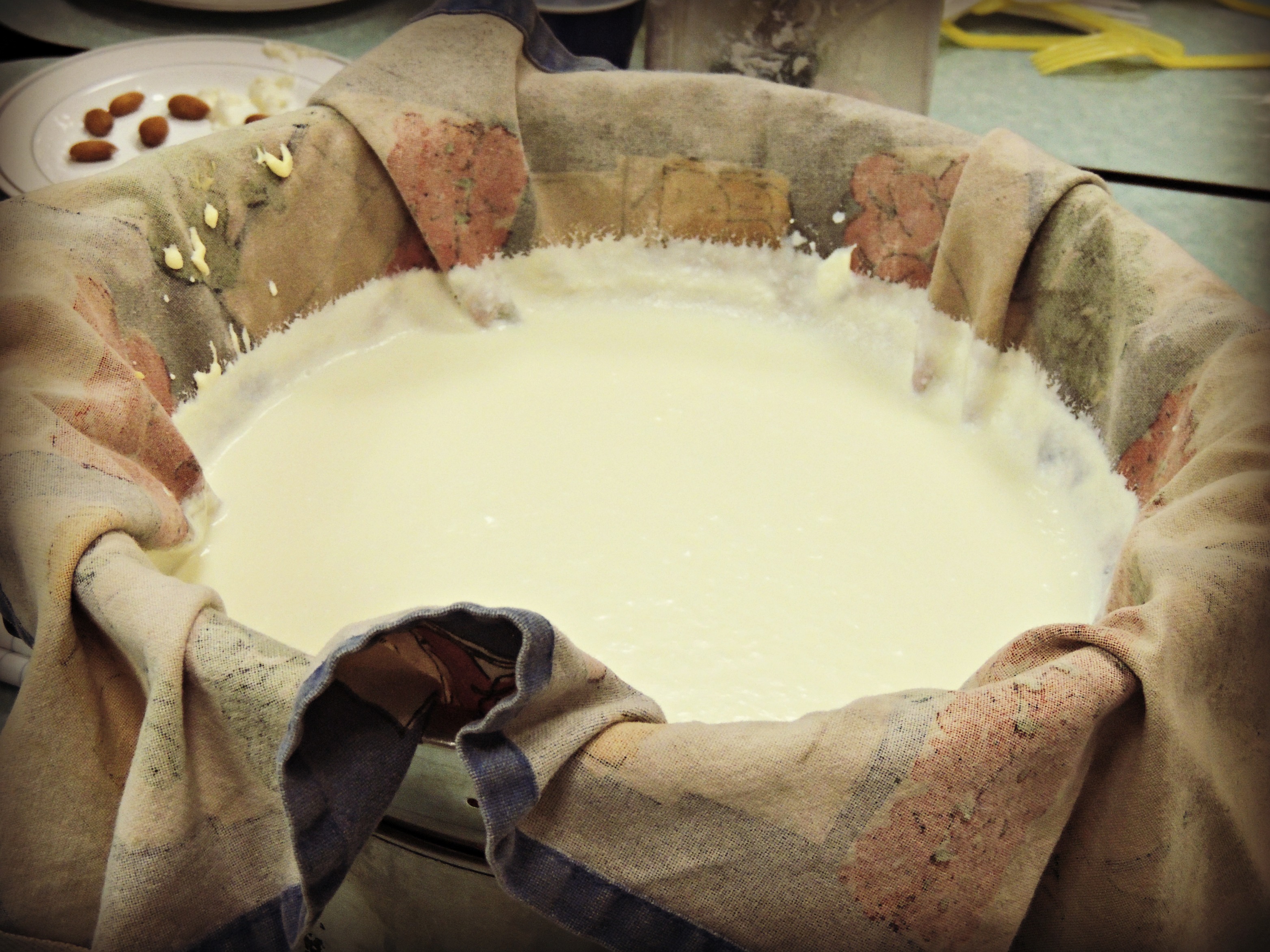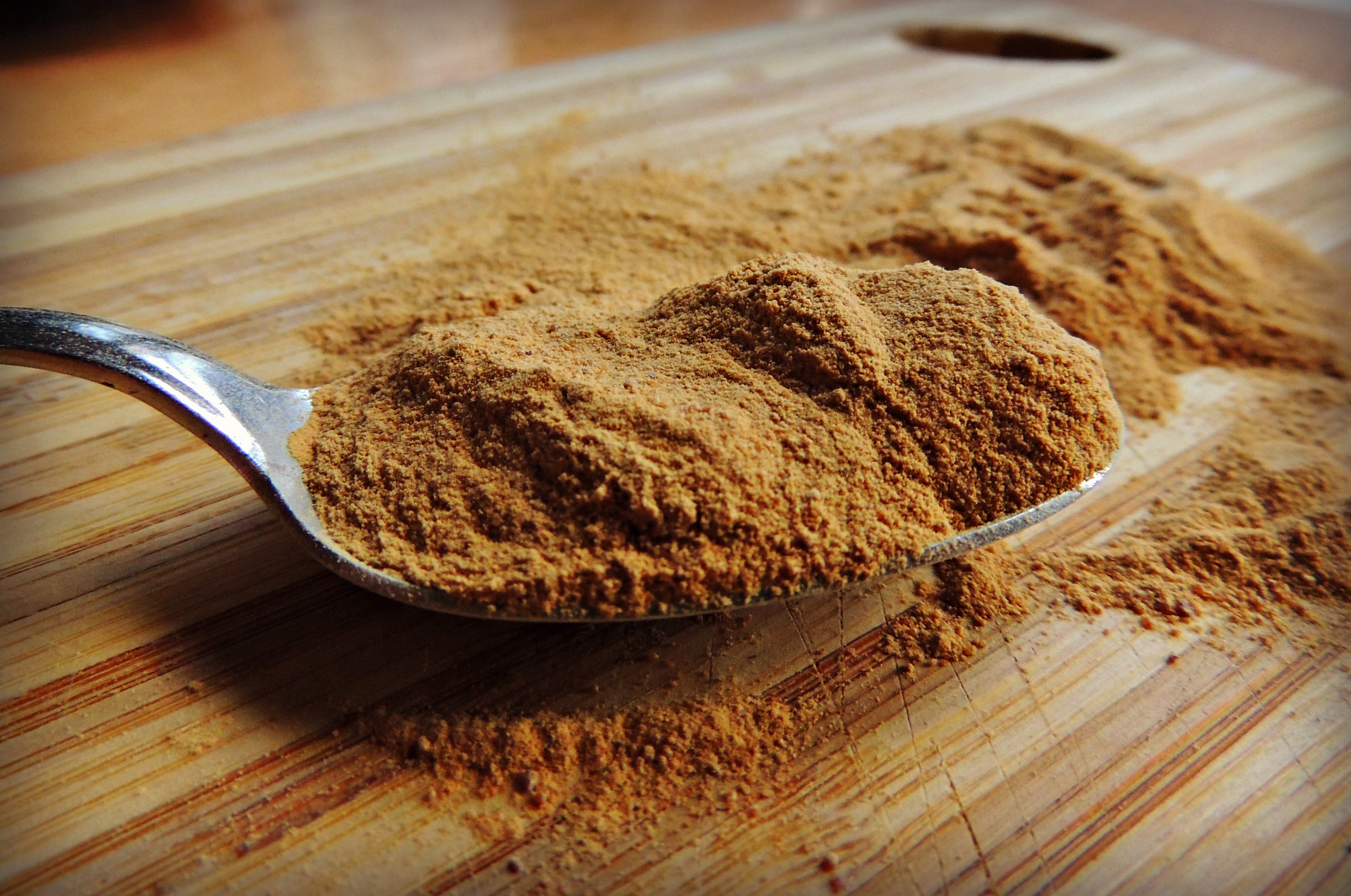What is whey? From the sing-song lines of quaint nursery rhymes describing Miss. Muffet eating her curds and whey, to the body-building enthusiast at the gym grunting with their plastic containers of whey protein shakes, this health food is described in many different contexts. Some people refer to liquid whey, others discuss it in the form of powders, hydrolysates, isolates or concentrates; there is sweet whey, acid whey, chocolate whey, strawberry whey, goat whey, mineral whey...it is all very confusing! So in the midst of all this whey hype, let’s take a time out to explore what real whey is- the wonderful whole food that has been treasured by many traditional cultures for its robust nutritional profile.

The Culture of Dairy
Most people today think of dairy as plain, unfermented milk, and are familiar with wiping off a bright white mustache after finishing a tall glass of the cold creamy stuff. However, this was not always the case. Before the industrialized practices of refrigeration and pasteurization became commonplace, many people enjoyed their milk products soured or fermented in the forms of yogurt, cheese, kefir, clabber, creme fraiche, or curds and whey. When left out to sour or when cultured with friendly lactic-acid-producing bacteria, raw milk undergoes a process of fermentation wherein the bacteria start to digest or break down the milk sugars (lactose) and milk proteins (casein).Through this process, there is a natural separation of firm white globs from the liquid portion of the milk. These white curds are the casein-containing portion of the milk, which are further fermented and processed into cheeses. The remaining tart liquid is whey.
Most Whey Today: Not so great
Whey has been used in traditional cuisine for centuries, and was known by Greek doctors as “healing water” for it’s strength-building properties. Today however, whey is considered a waste product of the cheese and yogurt industries. The wildly popular greek yogurt industry has been under scrutiny from environmental agencies recently for the gallons upon gallons of “whey waste” that they must get rid of after processing their strained yogurt products. For every four pounds of milk, only one pound of yogurt is made, and the rest is a mixture of whey, chemicals and other acidic byproducts. Industries drowning in whey have been scrambling to figure out just what to do with all of this tangy liquid and many have found an outlet in the sports nutrition industry where leftover whey is being powdered, flavored and marketed as a muscle-building, energy-boosting supplement. Sounds like a very solid plan, except for the fact that the whey from big industry is truly waste- high heat pasteurized and subject to several acid baths. Any potentially beneficial nutrients are obliterated and mingled with nasty toxins during production. Supplement companies have tried desperately to “purify” their products by isolating different parts of the protein portion of the whey, which is why you get so many different formulations on the market such as isolates, hydrosylates, concentrates, etc. This fractioning subjects the already destroyed whey to even more sketchy chemical processes and eliminates co-factors, rendering any possible remaining nutrients completely un-bioavailable. So despite the luring claims on those big black tubs of peanut-butter chocolate whey protein, these commercial powders are certainly not going to help your body get stronger.
Recipe: Homemade Whey
By By Kayla- Radiant Life
When made properly in small batches from cultured dairy, whey has incredibly unique healing properties. Rich with biologically active proteins and protein fractions, it has a high concentration of essential amino acids that are readily used to support vital biological functions in the body. Among these beneficial factors is:
- Lactoferrin, a multifunctional protein with iron-binding properties that acts as a powerful antimicrobial and anti-inflammatory
- Bovine serum albumin (BSA), a substance high in amino acids that has been shown to support infection-fighting white blood cells, increase antioxidant activity and maintain healthy cholesterol levels in the body
- Immunoglobulins to support disease control by bolstering immunity
- Probiotic organisms to promote optimal digestion and full nutrient absorption by balancing the gut flora
- Essential amino acids in a highly bioavailable form to act as building blocks for proteins
- Glutathione precursors, to boost production of the body's most powerful antioxidant
- Minerals such as potassium, iron and zinc in balanced amounts
- Vitamins notably vitamin B2 or riboflavin which helps the body to convert carbohydrates into fuel

2 cups yoghurt or kefir*
1 large glass bowl
1 strainer
1 thin, clean dishtowel or unbleached cheesecloth
1 wooden spoon
1 pitcher
1. Line a large strainer with an unbleached cheesecloth or thin, clean dish towel and set strainer in large bowl. Pour yogurt or kefir into the cloth, cover and allow to sit out at room temperature for several hours. The liquid whey will begin to drip into the bowl, while the milk solids will stay collected in the cloth.
2. When the dripping slows, tie up the cloth into a sac with the milk solids inside. Although tempting, do not squeeze the curds to get the remaining liquid out. Instead, tie the cloth to a wooden spoon, placing it over a pitcher so that the sac containing the milk solids is suspended inside. Allow this to hang for an additional several hours (I generally leave mine overnight) or until the dripping completely stops. At that point, pour the liquid whey from the large bowl or pitcher into a small glass jar for storage- it will last 6 months refrigerated. The curds left in the strainer are a tasty cream cheese rich with healthy fats, that can be used as a nutrient dense spread or dip.
This second step ensures that you are getting all of the whey to separate from the curds. There is no one way to do this either; get creative with straining methods! For example, you can tie the cloth to the kitchen faucet and place a bowl in the sink to collect the whey, or onto a knob on your cabinets so that the whey collects into a container on the counter.>Find out what works best with your kitchen set-up.
*You can also use raw milk in this process, if first left out to separate for about 1-4 days. I prefer to use cultured yogurt and kefir because of their superior probiotic profile. If you use a high quality store bought yogurt, make sure that it is free of gelatin and pectin as these will bind the solids to the liquids, and prevent separation of curds and whey. Although different dairy produces different results- a rule of thumb is that 1 cup of dairy yields about 1/2 cup of whey.
Finding a Non-Denatured Whey Powder
 It's true: In an ideal world, everyone would obtain their nutrients from traditional whole foods like tart, golden, homemade whey. However, realizing that a significant piece of modern wellness is making informed choices that best fit your lifestyle, the convenience of a powdered form of whey is completely understandable. Over the past few years have been unwaveringly committed to finding a powdered whey from happy, healthy grass-fed cows, in its complete, non-denatured form. That's why we use Vital Whey, which contains the full range of fragile immune modulating and regenerative protein components naturally present in fresh, raw milk from cows grass-fed year-round on natural pastures. Another whey that we love is Mt. Capra Mineral Whey. Made from goat whey, this carefully prepared whole food supplement is incredibly rich with alkalizing minerals and electrolytes. This mineral whey can be very helpful for the improvement digestive distress, weak and painful joints and to replenish the mineral reserves depleted by stress and devitalized foods. While these powders cannot by used in place of fresh whey in cooking and baking, you can try blending them into a superfoods smoothie for an effortless way to incorporate the health benefits of whey into your diet.
It's true: In an ideal world, everyone would obtain their nutrients from traditional whole foods like tart, golden, homemade whey. However, realizing that a significant piece of modern wellness is making informed choices that best fit your lifestyle, the convenience of a powdered form of whey is completely understandable. Over the past few years have been unwaveringly committed to finding a powdered whey from happy, healthy grass-fed cows, in its complete, non-denatured form. That's why we use Vital Whey, which contains the full range of fragile immune modulating and regenerative protein components naturally present in fresh, raw milk from cows grass-fed year-round on natural pastures. Another whey that we love is Mt. Capra Mineral Whey. Made from goat whey, this carefully prepared whole food supplement is incredibly rich with alkalizing minerals and electrolytes. This mineral whey can be very helpful for the improvement digestive distress, weak and painful joints and to replenish the mineral reserves depleted by stress and devitalized foods. While these powders cannot by used in place of fresh whey in cooking and baking, you can try blending them into a superfoods smoothie for an effortless way to incorporate the health benefits of whey into your diet.
Resources
Nourishing Traditions by Sally Fallon
Enjoying Little Miss Muffet’s Curds and Whey by Jen Allbritton, CN
